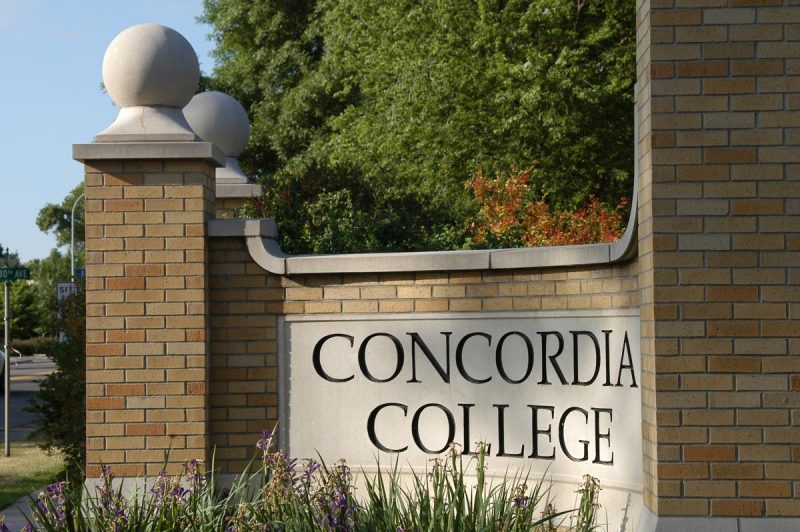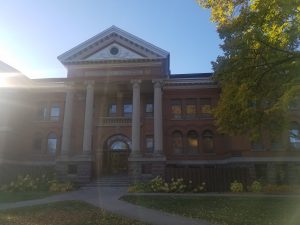- Instill a love for learning
Neurochemistry has been a unique course in that the majority of the necessary work is done outside of the classroom setting and independently. This upper-level course has forced me to engage with material without the immediate guidance and support of my mentor/professor. This learning style encourages the development of problem-solving strategies, independent research, and self-reliance. Though at times I found it challenging to find information or comprehend material without the immediate support of my professor, I found myself more engaged with the material, more determined to understand the content, more curious and explorative of other relevant and or supporting materials, and more accomplished after completing my assignment. After this course, I’ve found myself to be more of an independent learner and curious not only to learn what interests me but relevant and external materials as well.

2. Develop foundational skills and transferable intellectual capacities
This course has certainly expanded my arsenal of transferable skills and intellectual capacity. I’ve become more confident in my education, my knowledge, and my capability to learn and access necessary information independently. I feel more confident in situations with few or unclear instructions as I have grown in my critical thinking, my ability to focus, and my comprehension of complex materials. The class has allowed me to implement the foundational skills of research and literary analysis I learned through the prior years while incorporating creativity and exploring ethical, spiritual, and cultural dimensions.
3. Develop an understanding of disciplinary, interdisciplinary, and intercultural perspectives and their connections
Neurochemistry has allowed for the implementation of numerous perspectives through its flexible and independent learning format. The course has encouraged each student to pursue avenues of interest relating to each topic and the incorporation of diverse perspectives and conversations. This course truly embodies an interdisciplinary component as the topics are expansive and pull in content across numerous disciplines all of which are welcomed and encouraged in enriching the comprehension of the subject.

4. Cultivate an examined cultural, ethical, physical, and spiritual understanding
this course through weekly discussions delves into concepts of ethics, cultural interpretations and understandings, spiritual perspectives, and physical characteristics and properties of common diseases and disorders. The course as aforementioned not only focuses on the molecular and chemical interactions within certain conditions and disorders but allows for environmental, cultural, and societal contemplations as well.
5. Encourage responsible participation in the world
This course has helped address some of the stigmatisms related to common disorders and brought deeper awareness to the complexities of disease. The course has made me more knowledgeable, more empathetic, and altered my perspective towards disease and disability, correcting my prior misconceptions and reducing judgment and negative impressions. All the experiences I’ve had and the skills I’ve gained throughout this course have well prepared me for medical school and practice as a future physician. A deep understanding of not only molecular neurochemistry, but the environmental, cultural, spiritual, and societal components of disease are critical in my development as a competent and well-rounded future provider. The group discussions have taught me to seek the counsel of others as they provide unique and diverse input while independent learning has encouraged critical thinking, self-confidence, and a love for learning. Thanks for reading.

















 The collaborative format of these discussions from days one through three erased my concerns of being the least knowledgeable in the class as we all brought our own expertise and passion into the topic at hand. I was able to relate ideas about Alzheimer’s, spirituality, ecology, animal behavior, and dozens more topics based on other classes I’ve taken and on personal experiences. I ‘blossomed’ in this course as I felt emboldened to ask questions and share ideas I had, confident that I was adding to the discussion rather than making myself look silly.
The collaborative format of these discussions from days one through three erased my concerns of being the least knowledgeable in the class as we all brought our own expertise and passion into the topic at hand. I was able to relate ideas about Alzheimer’s, spirituality, ecology, animal behavior, and dozens more topics based on other classes I’ve taken and on personal experiences. I ‘blossomed’ in this course as I felt emboldened to ask questions and share ideas I had, confident that I was adding to the discussion rather than making myself look silly.